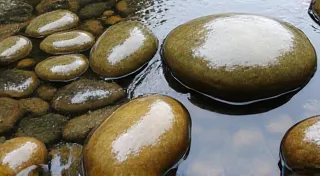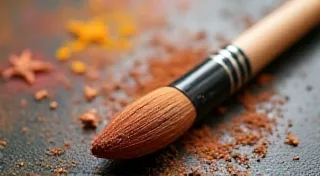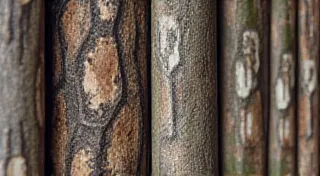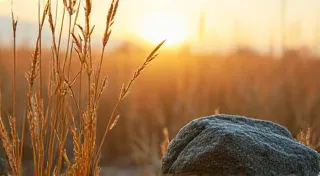The Bookbinder’s Palette: Natural Dyes and Traditional Coloration Techniques
There's a particular scent that clings to antique accordions – a heady mix of aged leather, wood, and a whisper of something indefinably old. It’s a smell that transports me, not just to another place, but to another time, to workshops filled with the rhythmic clatter of tools and the quiet concentration of artisans at work. That same scent, that same dedication to craft, permeates the world of traditional leather bookbinding, especially when considering the nuanced art of coloration. While modern bookbinders often embrace vibrant, manufactured dyes, delving into the techniques of natural dyeing unveils a deeper connection to the history of the craft, offering a richness of color and a profound appreciation for the materials themselves.
For centuries, before synthetic dyes became readily available, color in leather – and, by extension, in books – was derived from the natural world. Think of illuminated manuscripts, their intricate details painstakingly rendered with pigments extracted from plants, minerals, and even insects. The choices weren’s about achieving a precise Pantone shade; they were about utilizing what the land provided, adapting to seasonal availability, and understanding the subtle interactions between dye, leather, and tannin. The careful selection of materials wasn't just about achieving a hue; it was integral to the overall longevity and durability of the finished product, a factor still considered today. Beyond the visible beauty, a keen understanding of the weight of paper and its impact on binding also played a vital role in the enduring quality of historical volumes.
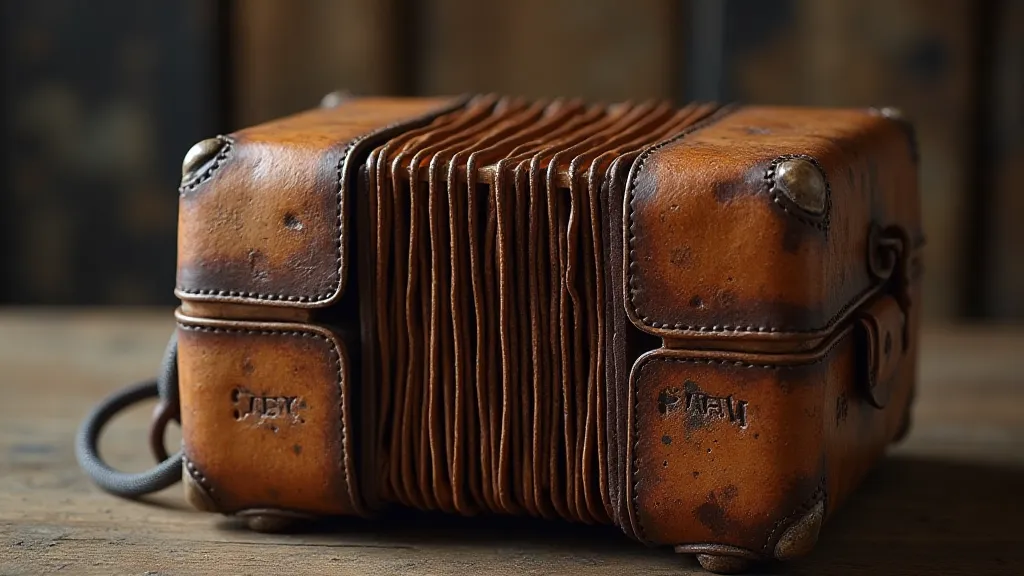
Historical Roots of Natural Leather Dyeing
The earliest examples of natural dyeing can be traced back to prehistoric times. Cultures around the globe independently developed methods for extracting pigments from various sources. In Europe, woad (
The medieval period saw the rise of monastic workshops, where meticulous records were kept of dyeing processes. These ‘recipe books’ were guarded secrets, passed down through generations of artisans. The subtle variations in color were not seen as flaws but as the mark of the craftsperson’s skill, a testament to their understanding of the materials and their ability to adapt to the limitations of nature. These workshops weren’t just about color; the entire structure of the binding process, from paper selection to preservation legacy, was a considered and highly valued art. The careful archiving of these techniques highlights a desire to preserve a body of knowledge often linked to maintaining traditions and the quality of the finished product.
The Palette of the Past: Common Natural Dyes
Understanding the historical palette requires familiarity with the key sources of natural dyes. Here’s a brief overview:
The success of natural dyeing isn't solely about the dye itself. The mordant plays a critical role. Alum (potassium aluminum sulfate) is a common mordant, helping to fix the dye and improve its lightfastness. Iron acts as a “sadder,” deepening colors and sometimes shifting them towards more muted tones. Tannin, naturally present in some leathers and bark extracts, can also act as a mordant.
Beyond Leather: Material Choices & Durability
The artistry of bookbinding extends far beyond the application of color. Selecting the appropriate leather is paramount. The choice isn's arbitrary; it’s a considered decision impacting the book’s structural integrity, appearance, and longevity. Different leather types offer varying levels of durability, flexibility, and grain texture. The tradition of experimentation and innovation led to a diversity of leather choices, each contributing unique qualities to the final product. The influence of geography also played a crucial role, as accessible materials shaped the aesthetic and practical characteristics of bookbindings throughout history. Those interested in deeper understanding can explore beyond moroccans to discover the breadth of choices available to the historical bookbinder, appreciating the nuances of each material's contribution to the final product.
A Hands-On Approach: Modern Revival of Traditional Techniques
While recreating historical dyeing methods exactly can be complex, the spirit of the craft remains accessible. Modern bookbinders and leather crafters are rediscovering the beauty and depth of natural dyes. It’s not about replicating a specific historical color; it’s about embracing the inherent variability and appreciating the connection to the land. This revival is fueled not only by an aesthetic desire for authenticity but also by a growing awareness of the environmental impact of synthetic dyes and a longing for more sustainable craft practices. The techniques of preserving legacy are increasingly relevant in the context of these modern revivals, encouraging a mindful approach to materials and processes.
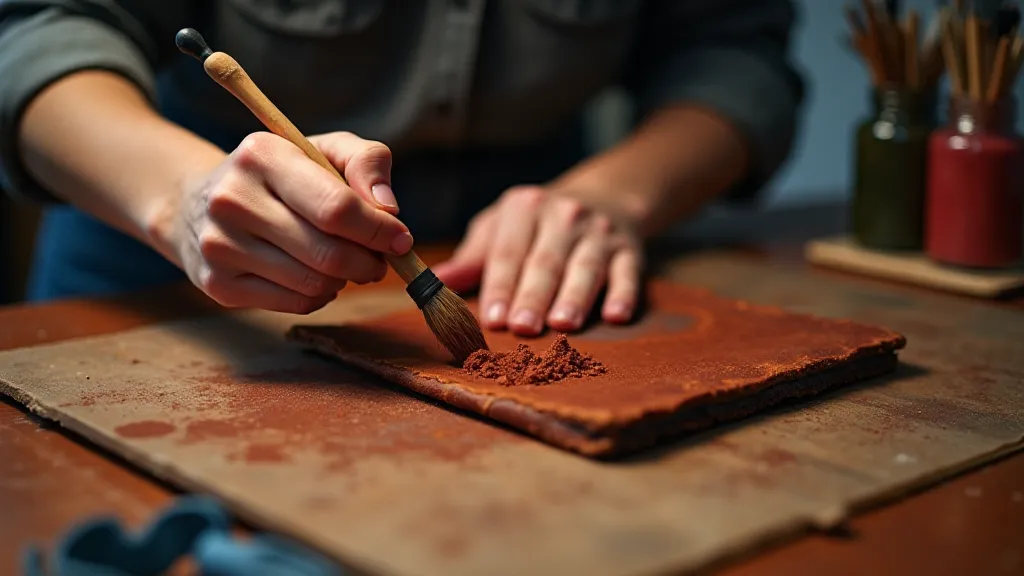
Here are a few basic steps for experimenting with natural dyeing:
It’s important to remember that natural dyeing is an unpredictable process. Factors like water pH, leather density, and the age of the dye material can all influence the final result. Embrace these variations; they are part of the beauty of the craft.
Collecting and Restoration: Appreciating the Legacy
When collecting antique books or accordions – items often bound in leather – recognizing the presence of natural dyes can add another layer of appreciation. The subtle color variations, the slight imperfections, the faint scent of the past – these are all signs of a craft rooted in tradition and a deep understanding of natural materials. Understanding the nuances of the materials used and the processes involved is crucial for those undertaking restoration work.
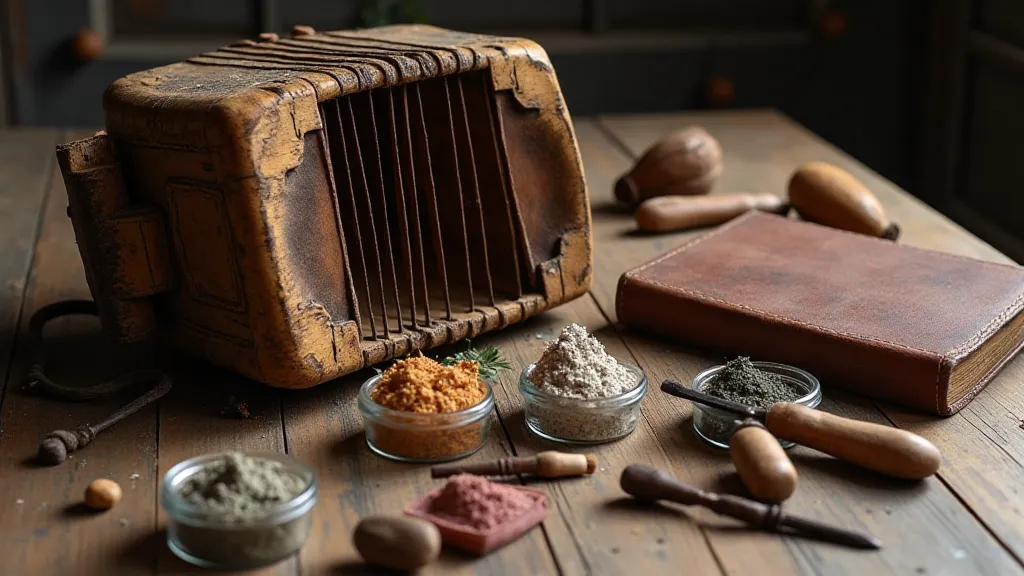
Restoring these treasures requires a gentle approach. Harsh chemicals and modern dyes should be avoided, as they can damage the original leather and obscure the evidence of the natural dyeing process. Instead, focus on cleaning and conditioning the leather with natural products that will preserve its character and prolong its lifespan. The importance of preserving legacy extends to restoration efforts, advocating for reversible treatments and a deep respect for the original materials and techniques.
The bookbinder’s palette isn's just about color; it's about understanding the interwoven history of materials, techniques, and artistry that define this beautiful craft. The careful choice of materials, from the leather itself to the dyes used, reflected not only aesthetic preferences but also the available resources and the cultural values of the time. The principles of preserving legacy help inform how we approach these older techniques and treasures today.
Further research into the history of bookbinding and leatherwork can reveal the incredible diversity of techniques and styles that have evolved over centuries. Exploring the principles behind preserving legacy will prove invaluable to those undertaking the study of this craft.

